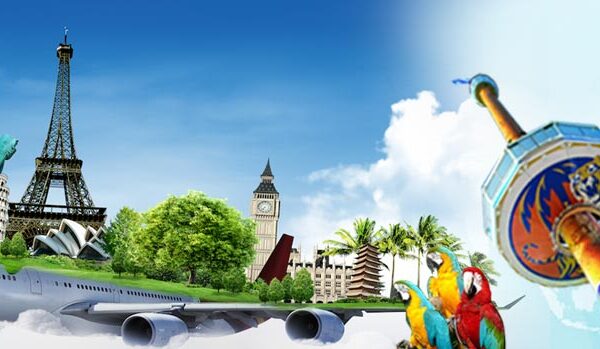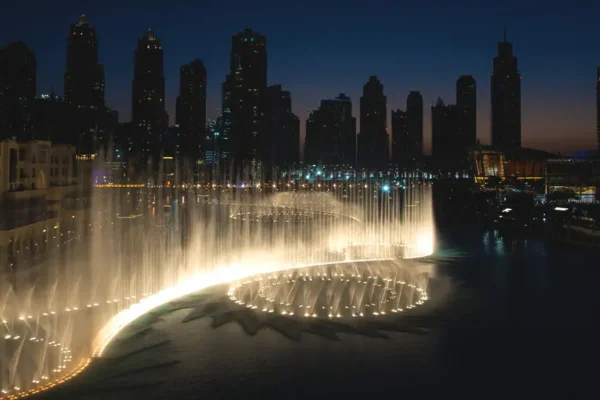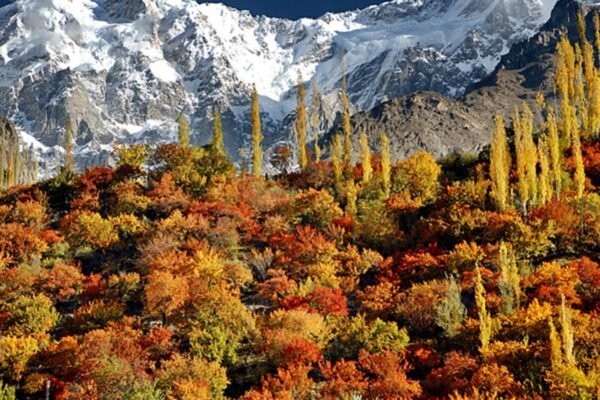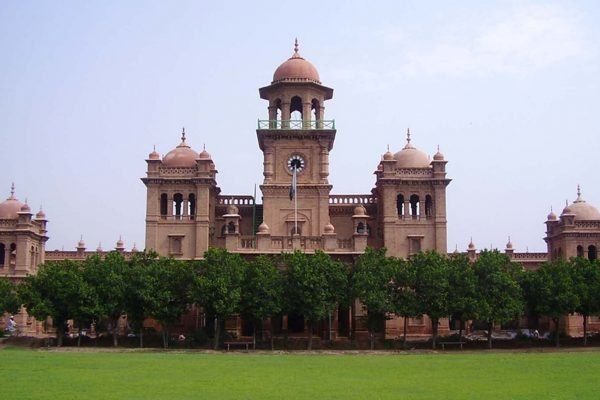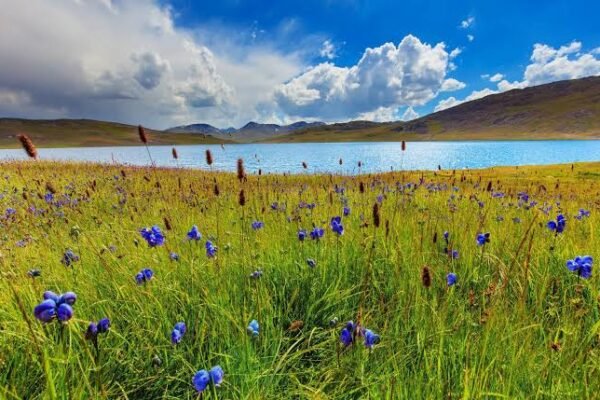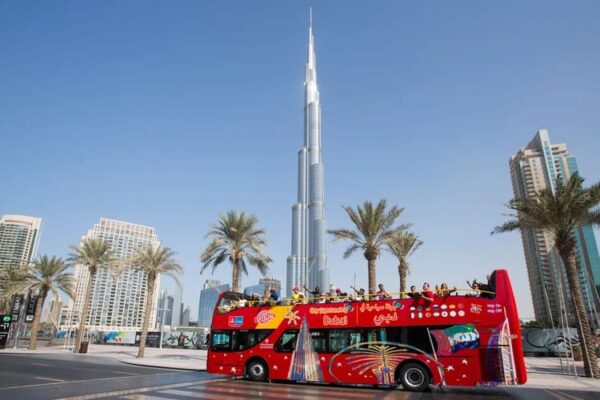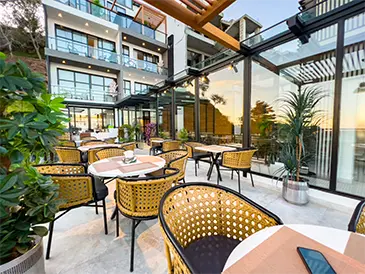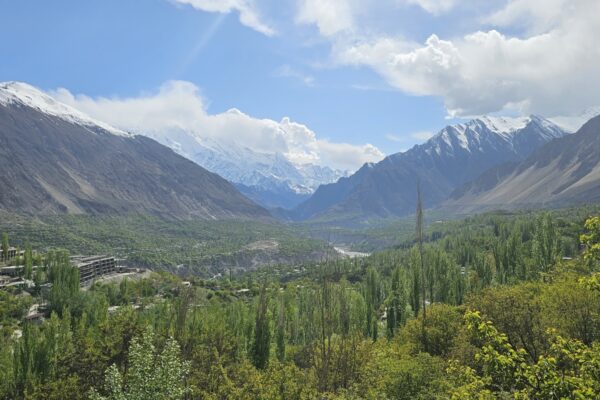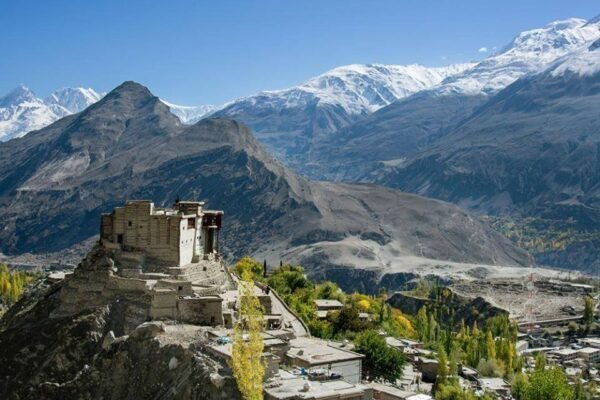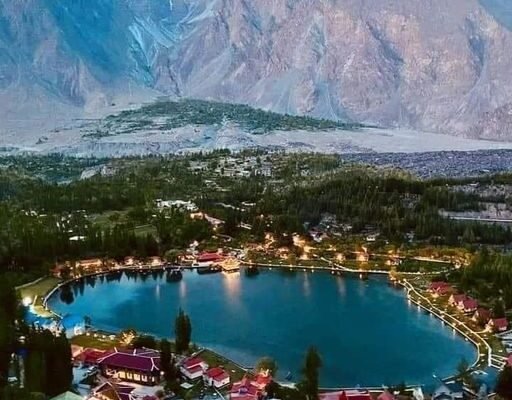15 Best Pakistan tourist Attractions
1 :Five of the world’s highest mountain peaks
Pakistan’s mountain ranges include the famous Himalayas, Karakoram and the Hindukush. There are several high peaks in Pakistan, with the tallest being K2(at 8,611 metres), the second highest in the world. The country is blessed with five out of the 14 highest mountain peaks of the world. From April to September, domestic and international mountaineers throng the area.
2:Highest Trade Route in the World
The 806km Karakorum Highway constructed along the ancient Silk Road linking Pakistan to Chinais the highest trade route in the world. Additionally, the nearby Mintaka Pass lies along the fabulous ancient Silk Road that linked Europe to Asia and over which history’s most famous tourists once travelled. These include the Venetian trader Marco Polo in the thirteenth century (the wild Marco Polo sheep was named after him), the Chinese Monk Fe Hien in the fourth century, and Arab historian Al-Beruni in the eleventh century.
3 Punjab (Mughal era monuments and Gandhara Buddhist civilisation)
The Punjab province comprises rich agricultural lands, an extensive network of rivers and channels, shrines, ancient forts and gardens from the Mughal era. Over 2,000 years ago, the world famous Gandhara Buddhist civilisation flourished in northern Pakistan, with Taxila as the principal seat of Buddhist learning.
4 Balochistan (Mountain Ranges and Caves)
The Balochistan province is the largest in the country in terms of area. Besides being blessed with nature’s bounty of mineral resources, it also has immense natural beauty comprising mountain ranges, mines and a very long coastal belt, including the newly developed Gwadar Port. In Balochistan there are many caves for tourists to visit, including the Juniper Shaft Cave, Shahre-e-Roghan, the Murghagull Gharra cave, Mughall saa cave, and Pakistan’s naturally decorated cave, the Mangocher Cave.
5 Sindh (Moenjodaro, Karachi, Arabian Sea)
In the south, the province of Sindh also abounds in natural beauty. It is most famous as home to the ancient city Moenjo-daro (Indus Valley Civilisation), the commercial hub city of Karachi, plus its seaports and beautiful beaches, spread over hundreds of miles of coastline.
6 Khyber Pakhtunkhwa (Kaghan and Swat Valleys)
Again, Khyber Pakhtunkhwa is well known for its varying natural beauty, comprising some awe-inspiring valleys and mountains in the north, including the Kaghan and Swat valleys, and the famous Khyber Pass.
7 Northern areas Pakistan (Gilgit, Hunza, Skardu)
Spread over 72,496 square km, the northern areas of Pakistan are as captivating and mesmerising in beauty as the other regions. Amid towering snow-clad peaks, several over 8,000 metres, the beautiful serene valleys of Gilgit, Hunza and Skardu are magnificent.
Forty skiers from 13 countries including Greece, Turkey, Ukraine, Hong Kong,the UKand Belgiumparticipated in the International Skiing Cup in Pakistan in February 2019 at Naltar, Gilgit Baltistan. The cultural patterns in this region are as varied and interesting as its topography.
8 Vegetation and Fauna
Pakistan is also rich in vegetation and fauna. With their alpine meadows and permanent snow line, coniferous forests down the sub-mountain scrub, the vast Indus plain merging into the great desert, the coastline and wetlands, the Himalayas, Karakoram and the Hindukush ranges all offer a remarkably rich variety of vegetation and wildlife including avifauna, both endemic and migratory. 10 of 18 mammalian orders are represented in Pakistan with species ranging from the world’s smallest surviving mammal, the Mediterranean Pygmy Shrew, to the largest mammal ever known, the blue whale.
9 Indus Valley Civilization
Through the centuries, waves of invaders and migrants settled down in the land that is now Pakistan, influencing the locals and slowly being absorbed among them. Modern Pakistanis are a blend of Harappan, Indo-Aryan, Indo-Iranian, Saka, Parthian, Kushan, White Hun, Afghan, Arab, Turkic and Mughal heritages. Thus, the region encompassing modern-day Pakistan is home to the oldest Asian civilisation (and one of the oldest in the world after Mesopotamia and Egypt), the Indus Valley Civilisation (2,500-1,500 BC).
10 Religious Tourism
Pakistan is a land of love and hospitality. A land of spiritual endowment, it is also the resting place of many spiritual saints from all religions, be it the sufi mystics of Islam; the Hindu Tiraths dating back to 3,000BC; the disciples of Buddha attaining ‘nirvana’ buried under the remains of Gandhara civilisation; or Baba Guru Nanak Ji, the founder of the Sikh religion who was born in 1,469AD at Nankana Sahib, about 72km north of Lahore. Pakistan has always whole-heartedly worked to preserve its historical sites — whether it’s a church, Gurdwara, temple, mosque, museum, tomb, fort or shrine.
11 Pakistan’s Buddhist Heritage
Born in the foothills of the Himalayas, Buddhism found avid followers, supporters and patrons in Gandhara, the Land of Fragrance. Pakistan became the custodian of rich collections of sacred relics and superb specimens of art and architecture from Buddhist civilisation. For example, the Buddhist ruins of Taxila are priceless treasures of immense interest to Buddhists and researchers around the world. Taxila became a centre of excellence when the first ever university was founded there in the 10th century BC.
12 Pakistan’s Christian Heritage
Thomas the Apostle came to present day Taxila in the first century AD. Pakistan has historical churches in various locations, and these religious buildings symbolise the spirit of a community and the cultural context of centuries. Our Lady of Fatima Church, Islamabad, Christ Church, Kotri, St Paul’s Church, Rawalpindi, Cathedral of the Sacred Heart of Jesus, Lahore, St. Patrick’s Cathedral, Karachi, Holy Rosary Church, Quetta, St Mary’s Cathedral Church, Multan, and St Luke’s Church, Abbottabad are just a of the few churches in Pakistan well worth visiting.
13 Pakistan’s Sikh Heritage
Sikhism was founded by Guru Nanak, who was born in Nankana Sahib, Pakistan. Since Punjab was the centre of activities for Sikh Gurus, and later the political power base of the Sikhs, there are numerous sites in Pakistan that are sacred to the Sikh community. Thousands of pilgrims visit these places from all over the globe.
Among the sacred shrines is Gurdwara Darbar Sahib, Kartarpur, near Lahore. Pakistan’s government opened the Kartarpur Corridor to allow visa-free access to Sikh pilgrims from India. In 2019, the government renovated and expanded Kartarpur Corridor to celebrate the 550th birth anniversary of Baba Guru Nanak, and it has thus emerged as a centre of interfaith harmony and a symbol of goodwill of the people of Pakistan for the Sikh community.
- Gurdwara Panja Sahib,
- Hasan Abdal, Gurdwara
- Choa Sahib, Rohtas,
- Gurdwara Bhai Joga Singh,
- Peshawar, Gurdwara Sadhu Bela
- Gurdwara Dera Sahib, Lahore
are just a few of the many Gurdwaras that are visited by thousands of Sikhs from around the world each year.The Gurdwara has become the centre of the annual pilgrimage by Sikh communities the world over. All Gurdwaras and Sikh shrines in Pakistan have been declared sacred places and are meticulously maintained by our government. Pakistan International Airlines (PIA) offers special pilgrimage tours, and Pakistani embassies and consulates abroad issue expeditious pilgrimage visas for that purpose.
14 Saints, Sufis, and Shrines
Pakistan is a land of saints and sufis who preached amity, peace and universal love. Their teachings promoted religious co-existence, communal harmony and tolerance in society, which is why there has always been communal harmony in Pakistan. This provides further opportunities for religious tourism in the country.
History reveals that various Sufi saints have bestowed Pakistan with messages of adoration and peace to promote Islamic virtues. Pakistanis consider the country to be blessed as the resting place of Saints in the Shrines of Data Ganj Bakhsh Hajveri, Lahore, Hazrat Abdullah Shah Ghazi, Karachi, Hazrat Lal Shahbaz Qalandar, Sehwan Sharif, Sachal Sarmast, Khairpur, and Hazrat Bahauddin Zakaria, Multan.
14 Kalash Valley Chitral Royal Couple’s visit to Pakistan
The Duke and Duchess of Cambridge’s visit to Pakistan was an important milestone in bilateral relations. After all, HRH Prince William had accompanied HRH Princess Diana to Pakistan at a very young age. Attracting international attention with huge media coverage, the visit was a boost of confidence for Pakistan’s tourism and cherished by Pakistan and its people. Find Out Pakistan Tour Packages

